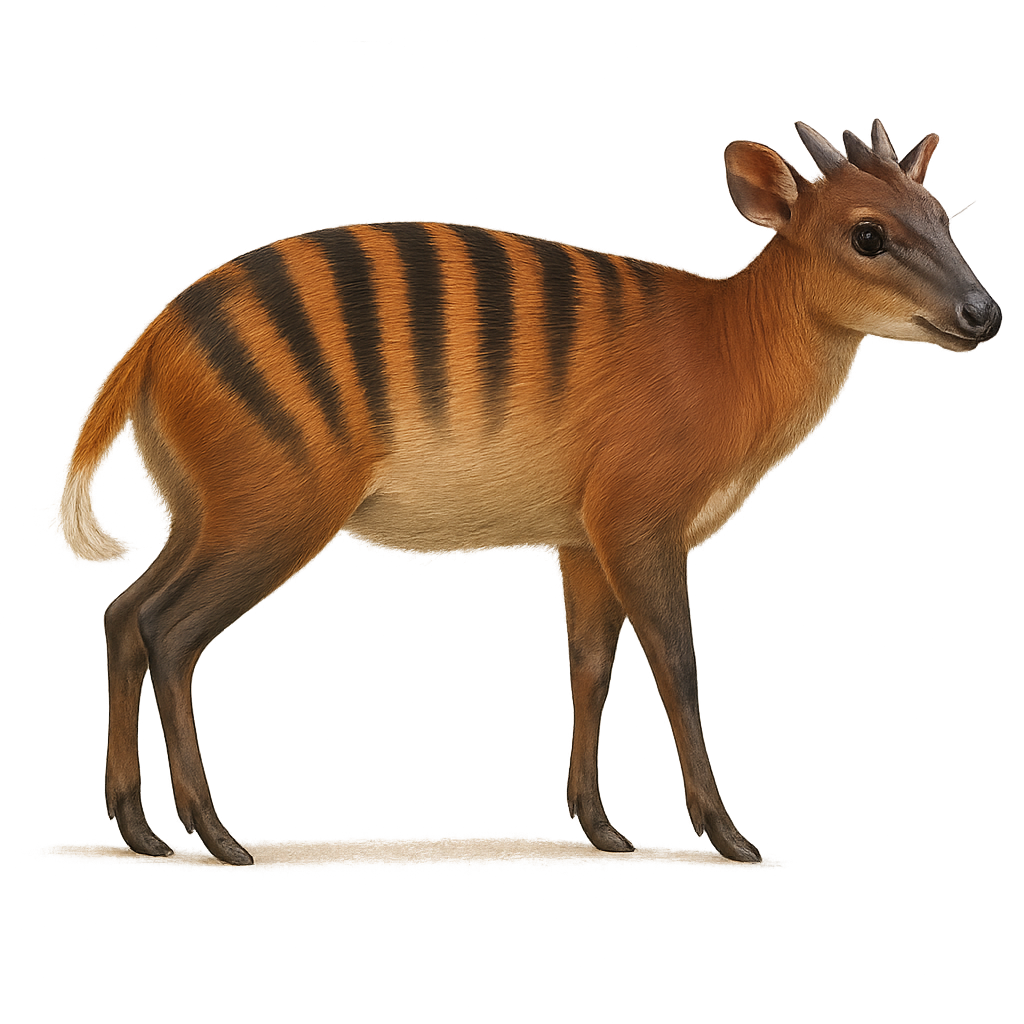Your wildlife photography guide.
Explore the forest zebra in detail, study its behavior, prepare your shots.
Where to observe and photograph the forest zebra in the wild
Learn where and when to spot the forest zebra in the wild, how to identify the species based on distinctive features, and what natural environments it inhabits. The WildlifePhotographer app offers tailored photography tips that reflect the forest zebra’s behavior, helping you capture better wildlife images. Explore the full species profile for key information including description, habitat, active periods, and approach techniques.
Zebra du forest
Scientific name: Cephalophus zebra

IUCN Status: Vulnerable
Family: BOVINAE
Group: Mammals
Sensitivity to human approach: Suspicious
Minimum approach distance: 10 m
Rut period: May to June
Gestation: 210-220 jours
Births: December to January
Habitat:
Dense tropical forests
Activity period :
Primarily active during the day, with peak activity in the morning and late afternoon.
Identification and description:
The Zebra du forest is a small antelope living in the dense forests of Central Africa. It is easily recognizable by its white and black stripes that cover its body, which help it camouflage in the underbrush. This discreet herbivore primarily feeds on leaves and fruits and remains mostly nocturnal or crepuscular. While it is a shy animal and difficult to spot, it is threatened by habitat loss and poaching.
Recommended lens:
400 mm – adjust based on distance, desired framing (portrait or habitat), and approach conditions.
Photography tips:
Photograph the Zebra du forest using a telephoto lens to capture its distinctive stripes and discreet behaviors. Due to its dense habitat and nocturnal behavior, it is best to photograph early in the morning or late in the afternoon when the light is soft and the animal is more active. Be patient and discreet, as this shy animal moves quickly and is hard to spot.
The WildlifePhotographer App is coming soon!
Be the first to explore the best nature spots, track rutting seasons, log your observations, and observe more wildlife.
Already 1 430 wildlife lovers subscribed worldwide

